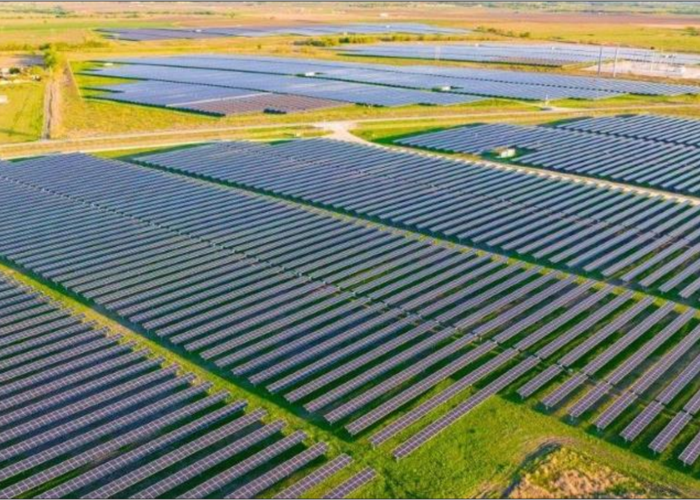The French government is making some changes to its solar subsidy program, which some may view as positive, some may not. These changes came amidst a host of damaging reports on other countries, such as Spain, Korea and more recently the USA. Yet it seems that France may not be making these changes based on the downfall of others, but as a chance to shine in its own right.
The new solar subsidy program should get implemented from January 1, 2010. The new proposal includes slightly higher incentives for ground based systems, lower incentives for simplified BIPV systems, a new incentive for highly integrated BIPV systems and simplified administrative procedures to claim incentives. There is no incentive for non-integrated roof-top systems, which is at present the highest source of demand for most solar manufacturers.
Try Premium for just $1
- Full premium access for the first month at only $1
- Converts to an annual rate after 30 days unless cancelled
- Cancel anytime during the trial period
Premium Benefits
- Expert industry analysis and interviews
- Digital access to PV Tech Power journal
- Exclusive event discounts
Or get the full Premium subscription right away
Or continue reading this article for free
This proposal can be viewed as an incremental positive as there is no cap and the subsidy claiming process is expected to be streamlined to enable faster growth. The new French ground-based tariffs are also now more attractive than German ground-based tariffs (€0.285/kWh for 2010 in German ground mount vs €0.328 – €0.394/kWh in France).
The most notable amongst all the changes, is the new BIPV tariff distinction to be introduced. This includes a distinction between buildings that integrate solar technology in a highly aesthetic manner and buildings that integrate it in a simplified manner, for a minimum generation of 3kWC (minimum surface of 30 square meters – professional buildings rather than residential). This new building distinction will become applicable by June 1st 2010.
A commission of experts will select the PV systems that can be used and will maintain a list publicly. For architectural reasons, solar rooftops will need to be well placed on roofs (aligned). PV-Tech will be keeping an eye on this development, and will come to you soon with news of what the manufacturer’s reaction is to this, as well as how the country itself is going to react to the change.
The FiT of €0.602/kWh is proposed for architecturally designed systems. This tariff is strictly applicable to fully integrated solar roofing systems. The current BIPV FiT will be reduced from €0.55/kWh to €0.45/kWh.
The ground based FiTs will increase from €0.30/kWh to a range of €0.328/kWh to €0.394/kWh based on degree of solar insolation (the amount of sun an area receives) levels. Projects in locations with lower insolation levels receive higher incentive. As mentioned a few paragraphs previously, there will no longer be an incentive for roof-based systems. This move is of an obvious nature, that of removing an incentive for something that is no longer desired by the country. The French government is clearly pushing for “aesthetically pleasing” BIPV installations, and alongside in some cases ground-based ones.
Jean-Louis Borloo, Minister of State, Minister for Ecology, Energy, Sustainable Development and the Sea announced these changes in more detail no more than a week later to the Higher Council of Energy. These more detailed elements are as follows:
– Facilities with “frame integration” will always costs €60.2/ kWh. The integration rules have changed so that the tariff, which is the highest in the world, promotes the aesthetic and architectural solutions of the installation. To enhance the quality of implementation, the installer shall submit a certificate attesting that the works were designed and constructed in compliance with regulations and rules of art.
– Facilities with “simplified integration to the frame” will receive a new tariff, set at €0.45/ kWh. The creation of this new tariff will encourage the development of solar buildings professionals (agricultural buildings, industrial, commercial). This rate is reserved for plants with a capacity greater than 3kWp.
The Department of Ecology, Energy, Sustainable Development and the Sea has now passed the Higher Council of Energy, a consultative body comprising all stakeholders concerned with energy, the project of Order establishing new tariffs for PVelectricity. This draft law, developed in close consultation with stakeholders, the tariff reform a reality under the Development Plan of Renewable Energies of the Grenelle Environment, presented November 17, 2008. The draft decree, possibly amended following consultation with the parties to the Higher Council of Energy, will be forwarded for review to the Commission of Energy Regulation.






